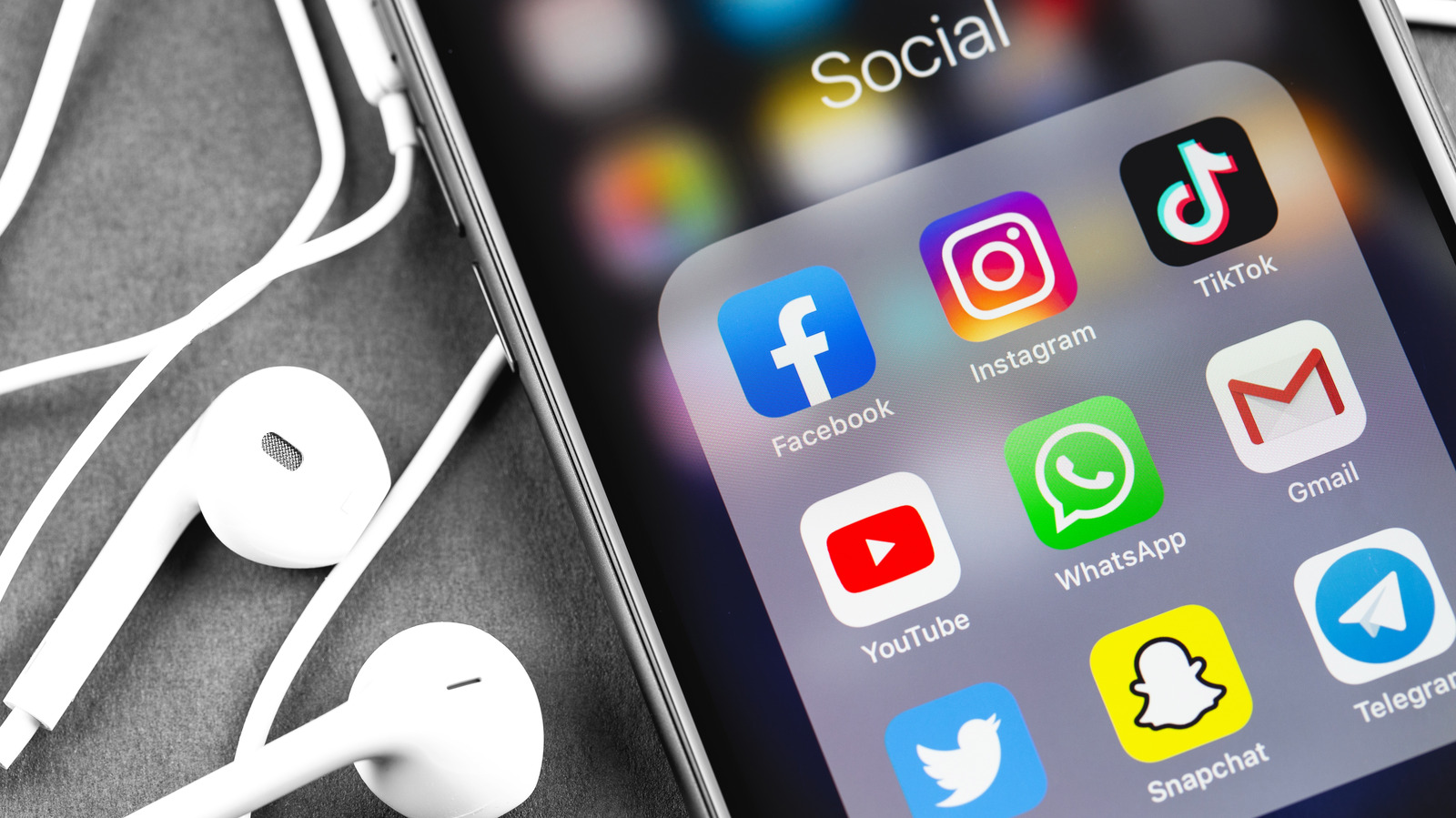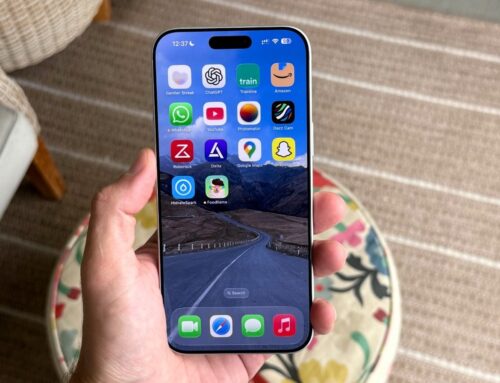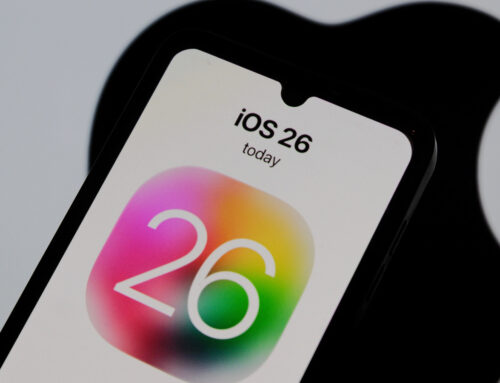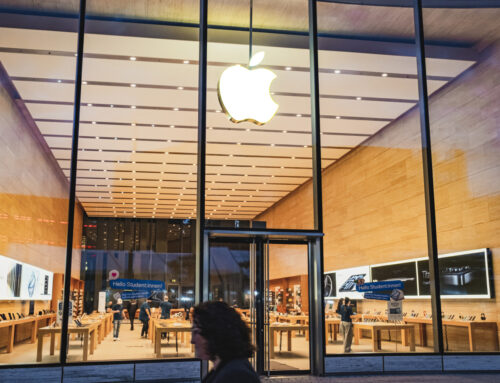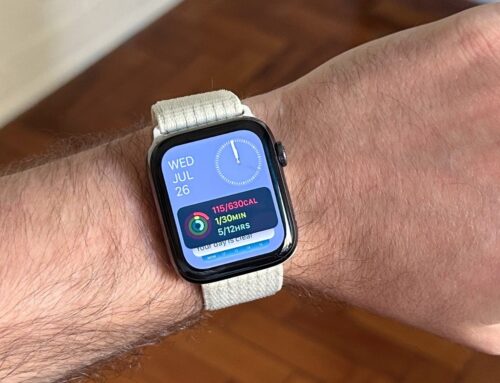Primakov/Shutterstock
A popular fix for a sluggish or poorly performing iPhone is force closing one or more of the apps running in the background. This seems like it would be a good idea because a similar approach works when using a PC: shutting down programs already running to free of CPU resources. This can help speed up the main program you’re using by clearing up processing space used up by background programs, as explained by Techwalla.
Using this method on the iPhone, though, can actually be detrimental and doesn’t help as much as one might expect. This is because when you leave an app up in the background on an iOS device, processing space is automatically freed up. As a result, background apps won’t really affect the function of the app you’re currently using, Apple explains. When you close one of these background apps, it can cause slower performance and more battery loss compared to when they’re simply kept running in the background.
Force closing and re-opening apps can hurt your battery
Kicking Studio/Shutterstock
When apps are not currently running on your iPhone, they are put into a type of standby mode after a short period of time. In this mode, the app isn’t using CPU resources, so there’s no need to close them in order to get faster performance. Instead, issues can arise when you eventually re-open the app you force quit. When an app launches, additional power and memory needs to be used in order to properly start the application. Doing this multiple times can cause a lot of battery drain on your iPhone, as former Genius Bar technician Scotty Loveless explained on LifeHacker.
However, an app may still be running in the background if you have Background App Refresh turned on. This feature allows apps to check for updates while they’re not in use. You can turn this off in your iPhone’s Settings app. When it’s off, you don’t have to worry about closing background apps because they aren’t technically running in the first place. Doing so can save a lot of your battery life and will make multitasking operations on your iPhone hassle-free, as intended.
When you should force close apps on iPhone
guteksk7/Shutterstock
So when should apps in the background be closed? As Apple states, the only time you should close an app is if it has become unresponsive. This means that the app has frozen, isn’t working correctly, or otherwise can’t be used. At this point, it’s a good idea to close the app in question and attempt to restart it. You can do this on iPhone by navigating to all of your background apps, which can be done on the iPhone X and later by swiping up from the bottom of the screen, or on earlier iPhone models by double-pressing the Home button. From this screen, you can find the app that is unresponsive, then swipe up on it to force it to close.
iOS was made to be an efficient multitasking tool, which is why it handles background apps so well. When these apps are in standby mode, you don’t need to worry about clearing them out because they aren’t actually using CPU power anyway. Closing an app completely and then relaunching it can waste more power than simply letting them sit in the background, especially if you’re doing this over and over again. So, have some peace of mind knowing you can keep all those apps up and it’s actually better for your phone to do so.

